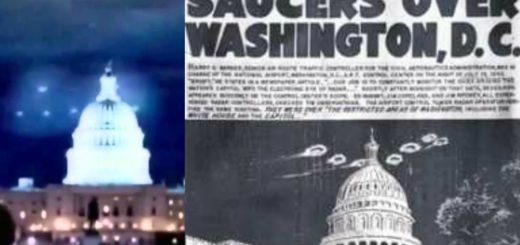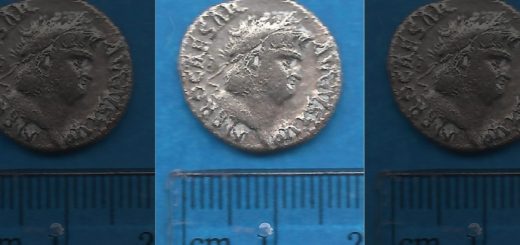Signs of ‘missing’ neutron star found in heart of supernova

Evidence of a neutron star hidden deep inside Supernova 1987A is helping astronomers solve a 33-year-old mystery surrounding one of the brightest star explosions ever observed.
On Feb. 23, 1987, astronomers witnessed an incredibly bright stellar explosion, also known as a supernova. Using the Atacama Large Millimeter/submillimeter Array (ALMA), researchers believe they have found that explosion’s remnants, a superdense corpse called a neutron star, hiding within the dust of the supernova.
High-resolution ALMA images revealed what researchers described as a hot “blob” that is brighter than its surroundings and located at the supernova’s dusty core. If confirmed, this neutron star would be the youngest known to date, according to a statement.
Click here for more Space.com videos…
“We were very surprised to see this warm blob made by a thick cloud of dust in the supernova remnant,” Mikako Matsuura, an astronomer at Cardiff University and one of the researchers who spotted the blob, said in the statement. “There has to be something in the cloud that has heated up the dust and which makes it shine. That’s why we suggested that there is a neutron star hiding inside the dust cloud.”
Their findings were published in November 2019, in The Astrophysical Journal. At the time, however, the researchers could not definitively say what the glowing blob was, as it was believed to be too bright to be a neutron star.
A new paper offers an explanation for that brightness in a neutron star: the glowing blob is consistent with thermal emission from a very young neutron star that is still really hot from the supernova explosion, according to the statement.
“In spite of the supreme complexity of a supernova explosion and the extreme conditions reigning in the interior of a neutron star, the detection of a warm blob of dust is a confirmation of several predictions,” Dany Page, an astronomer at the National Autonomous University of Mexico, said in the statement. Page led the new study, which was published on July 30 in The Astrophysical Journal.
Data gathered by ALMA show the hot blob hidden within Supernova 1987A, where the green and blue represent the supernova’s shock wave colliding with surrounding material.
The researchers estimate the temperature of the 15.5 mile (25 kilometer) wide neutron star is approximately 9 million degrees Fahrenheit (5 million degrees Celsius), which provides enough energy to explain the blob’s brightness. The study also suggests the neutron star is located off-center, as researchers expect, due to the powerful stellar blast.
Before now, the neutron star remained elusive, shrouded by the supernova’s thick cloud of dust, prompting scientists to wonder whether a black hole formed in the wake of the explosion instead. However, on the day of the explosion in 1987, subatomic particles known as neutrinos, which have almost no mass, were detected on Earth, suggesting a neutron star formed following the collapse of the star.
“The neutron star behaves exactly like we expected,” James Lattimer, a member of Page’s research team from Stony Brook University in New York, said in the statement. “Those neutrinos suggested that a black hole never formed, and moreover it seems difficult for a black hole to explain the observed brightness of the blob. We compared all possibilities and concluded that a hot neutron star is the most likely explanation.”
At only 33 years old, this neutron star would be the youngest ever found. The next youngest is 330 years old, a neutron star located in the supernova remnant Cassiopeia A. Researchers hope to directly image this infant neutron star as the dust and gas in the supernova remnant fades over the next few decades, offering definitive proof that the star exists.



 Creators of mankind
Creators of mankind Description of “Tall white aliens”
Description of “Tall white aliens” Where they came from?
Where they came from? About hostile civilizations
About hostile civilizations The war for the Earth
The war for the Earth “Tall white aliens” about eternal life
“Tall white aliens” about eternal life Video: “Nordic aliens”
Video: “Nordic aliens” Aliens
Aliens Alien encounters
Alien encounters The aliens base
The aliens base UFO
UFO Technology UFO
Technology UFO Underground civilization
Underground civilization Ancient alien artifacts
Ancient alien artifacts Military and UFO
Military and UFO Mysteries and hypotheses
Mysteries and hypotheses Scientific facts
Scientific facts


















